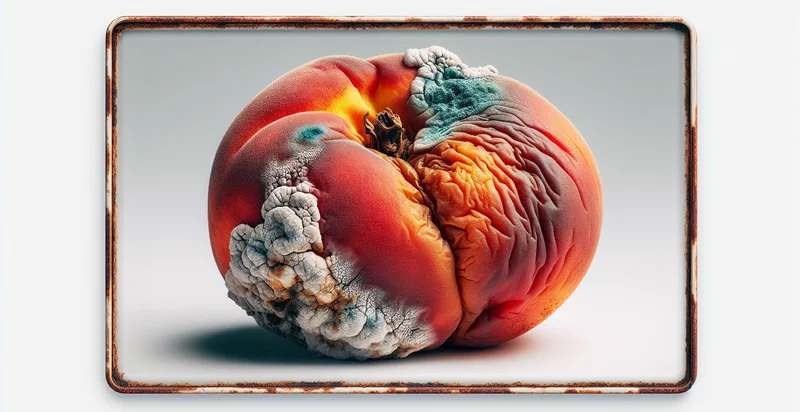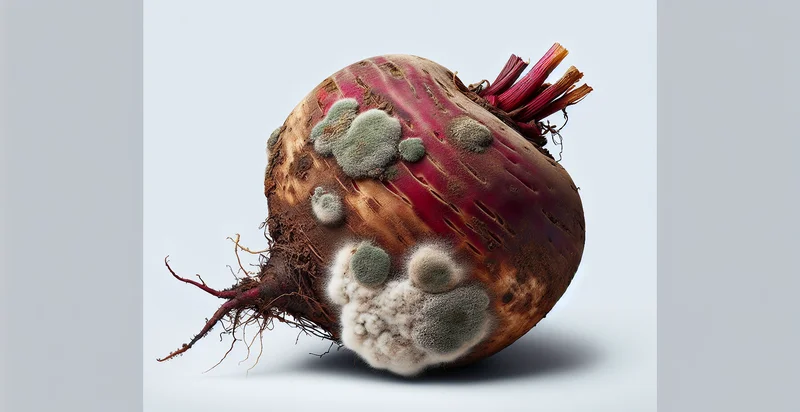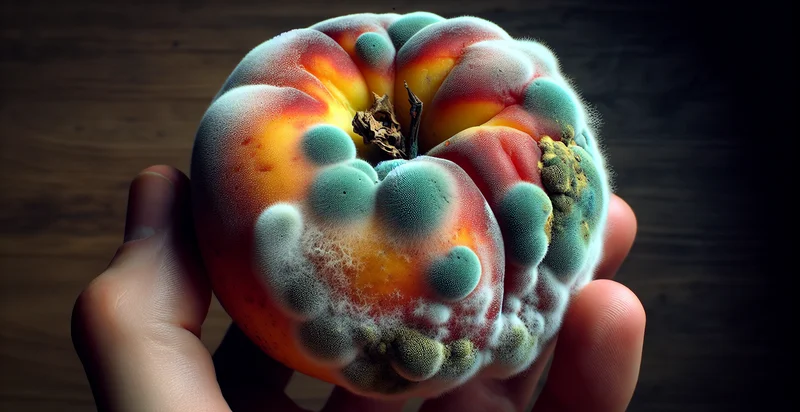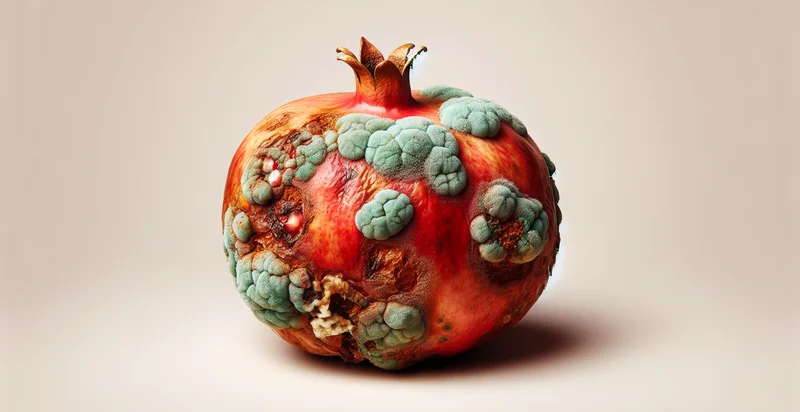Identify if nectarine is rotten
using AI
Below is a free classifier to identify if nectarine is rotten. Just upload your image, and our AI will predict if the nectarine is rotten - in just seconds.

Contact us for API access
Or, use Nyckel to build highly-accurate custom classifiers in just minutes. No PhD required.
Get started
import nyckel
credentials = nyckel.Credentials("YOUR_CLIENT_ID", "YOUR_CLIENT_SECRET")
nyckel.invoke("if-nectarine-is-rotten", "your_image_url", credentials)
fetch('https://www.nyckel.com/v1/functions/if-nectarine-is-rotten/invoke', {
method: 'POST',
headers: {
'Authorization': 'Bearer ' + 'YOUR_BEARER_TOKEN',
'Content-Type': 'application/json',
},
body: JSON.stringify(
{"data": "your_image_url"}
)
})
.then(response => response.json())
.then(data => console.log(data));
curl -X POST \
-H "Content-Type: application/json" \
-H "Authorization: Bearer YOUR_BEARER_TOKEN" \
-d '{"data": "your_image_url"}' \
https://www.nyckel.com/v1/functions/if-nectarine-is-rotten/invoke
How this classifier works
To start, upload your image. Our AI tool will then predict if the nectarine is rotten.
This pretrained image model uses a Nyckel-created dataset and has 2 labels, including Nectarine Is Fresh and Nectarine Is Rotten.
We'll also show a confidence score (the higher the number, the more confident the AI model is around if the nectarine is rotten).
Whether you're just curious or building if nectarine is rotten detection into your application, we hope our classifier proves helpful.
Related Classifiers
Need to identify if nectarine is rotten at scale?
Get API or Zapier access to this classifier for free. It's perfect for:
- Quality Control in Agriculture: This use case involves using the 'nectarine is rotten' identifier in orchards to monitor the health of the fruit. By automatically identifying rotten nectarines, farmers can prioritize harvesting, reduce waste, and improve overall fruit quality for better market prices.
- Automated Sorting in Food Processing: Food processing facilities can implement this classification function to automate the sorting of nectarines on production lines. By detecting rotten fruits, businesses can ensure that only high-quality products reach consumers while optimizing labor costs and enhancing efficiency in the sorting process.
- Supply Chain Management: Retailers can use this technology in their supply chain to track the condition of nectarines from farms to stores. By identifying rotten fruits before they reach shelves, businesses can maintain product freshness, reduce throwaway costs, and enhance customer satisfaction.
- Consumer App for Fresh Produce: A mobile application could integrate this function to help consumers assess the freshness of nectarines while shopping. By simply pointing their smartphone camera at the nectarines, users can receive instant feedback on fruit quality, aiding in smarter purchasing decisions.
- Inventory Management for Grocery Stores: Grocery stores can utilize this identifier to conduct regular inventory checks of their nectarine stock. By quickly identifying rotten fruits, staff can take immediate action to remove them from shelves, reducing the risk of selling spoiled produce and maintaining a good reputation.
- Waste Reduction Initiatives: NGOs and environmental organizations can leverage the classification function in initiatives aimed at reducing food waste. By identifying and separating rotten nectarines, they can develop strategies for repurposing or composting, contributing to sustainability efforts in food production and consumption.
- Research and Development in Horticulture: Researchers can employ the identifier in studies focused on improving horticultural practices for nectarines. Identifying rotten fruit during experiments can lead to better understanding of decay processes and improved techniques for crop management, enhancing yields and fruit longevity.


